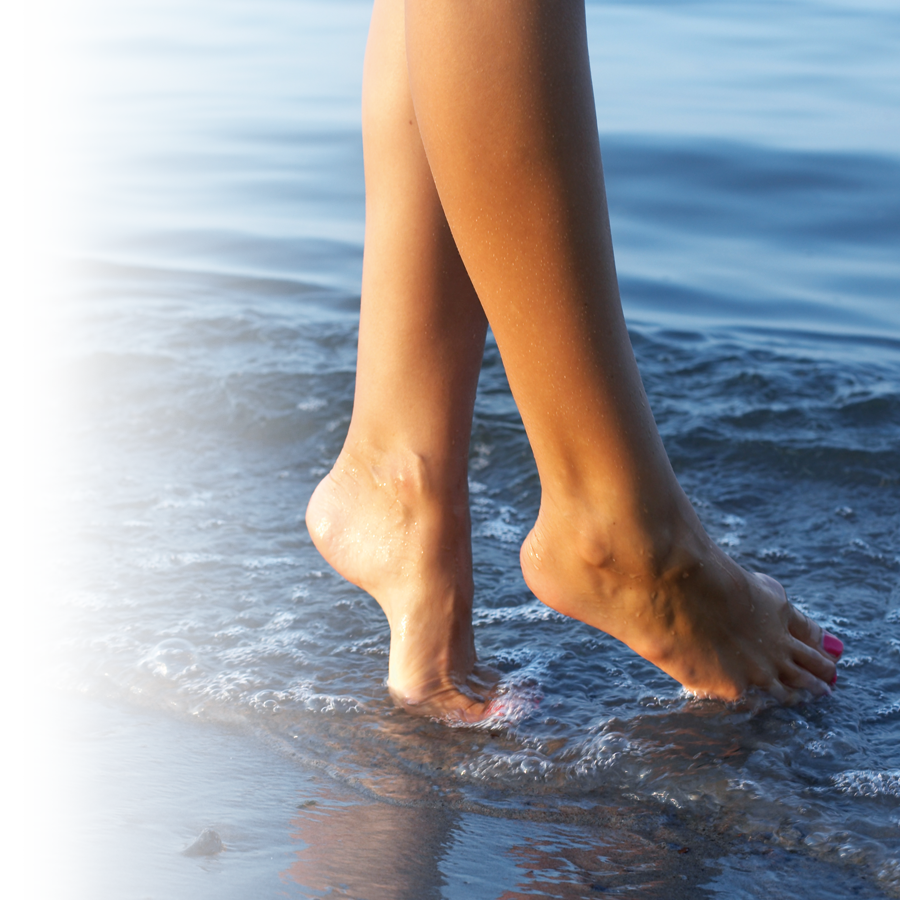Swimming is a preferred summertime activity, but it can pose a risk of a vaginal yeast infection.
SUMMER VAGINAL INFECTIONS
The vaginal yeast infection, commonly called a "fungal infection, is generally not serious and is caused by an imbalance of what is referred to as the "vaginal flora".
The balance of the vaginal environment may be disrupted by various factors inherent to the summer season, including swimming, heat and humidity. This imbalance leads to the proliferation of fungi called Candida albicans, which is often at the root of vaginal yeast infections.
It can be difficult to differentiate between the various types of vaginal infections. For example, a yeast infection is often confused with an infection called bacterial vaginosis, which also counts swimming, heat and humidity among its risk factors. It is crucial to obtain a medical diagnosis before drawing conclusions, as treatment methods differ for each.
SWIMMING AS A RISK FACTOR
What fun it is to swim in a lake, the sea, in a pool or spa and then to relax while the sun and wind dry our skin and bathing suit under the golden rays. However, this can promote the onset of a vaginal infection.
Extended contact of the mucous membrane with a warm and moist environment, which results from wearing a wet bathing suit for a long time as well as friction from the fabric, is added to contact with certain chemicals that may be found in bathing water. Chlorine, among others, is known to be an irritating chemical. The combination of various factors is most likely the reason why swimming is a well-known risk factor for vaginal infections
PREVENTIVE MEASURES
Preventing vaginal yeast infections starts with adequate hygiene. Warm water, mild soap and gentle cleansing are required. One daily cleansing is sufficient. Specially formulated pH balanced cleansers for the genital area are available at the pharmacy.
- Here are a few tips intended to reduce the risk of a vaginal infection after swimming:
- Dry the genital area with a towel after swimming without vigorous rubbing.
- Do not wear your wet bathing suit for long periods of time.
- Change out of your wet bathing suit right after going for a swim and put on dry clean underwear.
- Avoid prolonged exposure to heat and humidity. Opt for cool and dry places.
Do not use superfluous products such as vaginal douches and powders. These products hold no benefits from a prevention perspective. On the contrary, they can promote an imbalance of the vaginal flora.
TREATMENTS
There are a number of effective over-the-counter medications available to treat vaginal yeast infections. These antifungal agents come in different formats: suppositories or pessaries, creams or oral tablet. Some can be found directly on the shelf, while others are kept behind the pharmacy counter and require a consultation with the pharmacist. It is always preferable to speak to a pharmacist before starting any treatment.
Additionally, do not begin treatment on your own unless you have previously been diagnosed with a vaginal yeast infection by a doctor and recognize the typical symptoms. It could be a different health problem.

